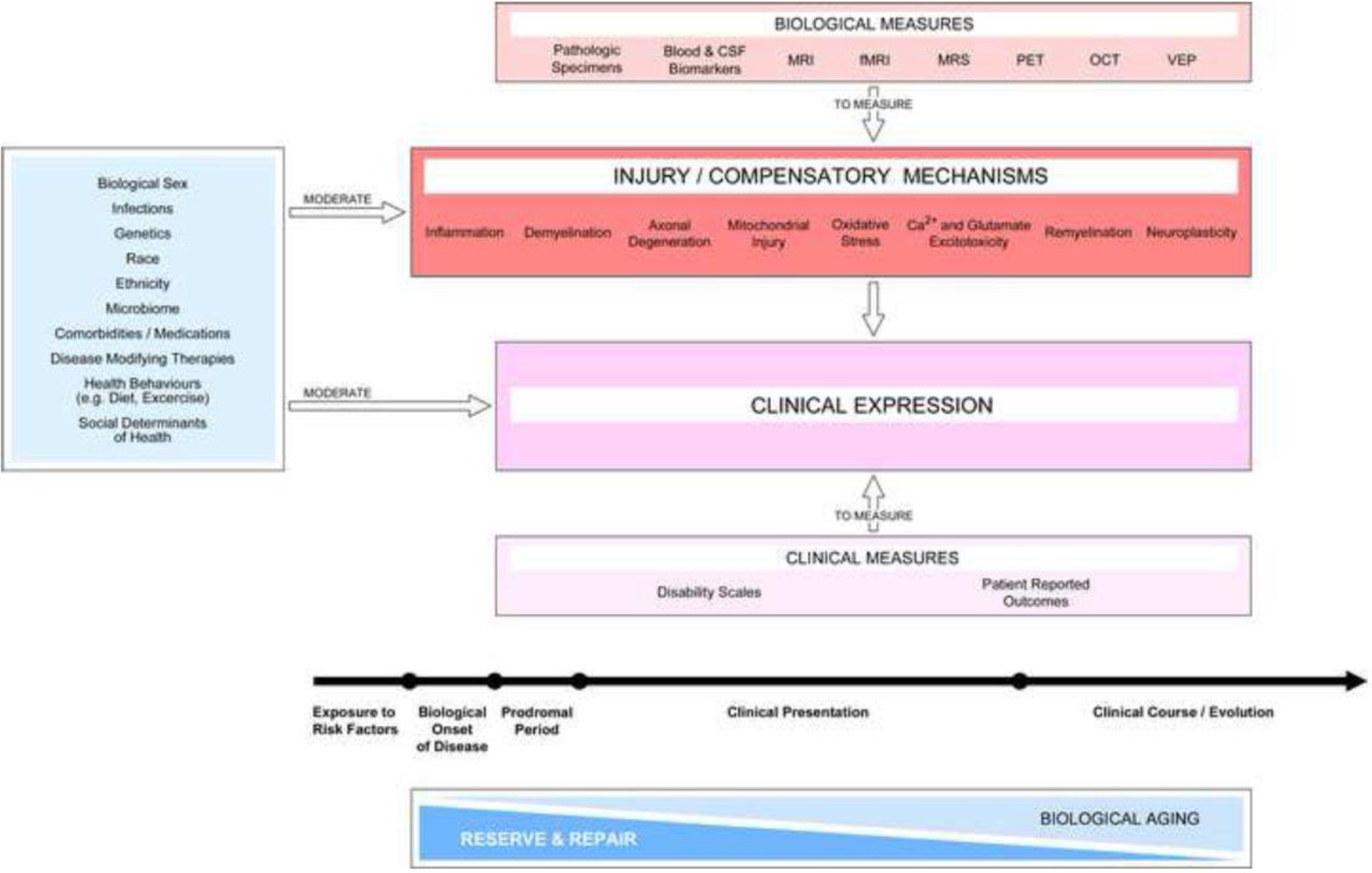Figure 2. Assessments relevant to a mechanism-driven framework for MS progression.

MS progression reflects a combination of mechanisms of injury and compensation (red box) that exist contemporaneously and contribute to clinical expression. The activation of these mechanisms marks the biological onset of the disease and initiate the prodromal period. The balance of such mechanisms, together with tissue repair, jointly determine clinical expression during the whole disease course. The age-associated decrease in reserve and repair capacity also influences clinical progression. Development of clinical and biological measures with high sensitivity and specificity is required to continuously monitor the clinical presentation of the disease and identify relevant injury and compensatory mechanisms in individuals. Potential mediators (light blue box on the left) exert positive and negative influences on injury and compensatory mechanisms and thus impact clinical expression over the whole disease course. The list of mediators is illustrative rather than comprehensive. Abbreviations: CSF, cerebrospinal fluid; MRI, magnetic resonance imaging, fMRI, functional MRI; MRS, magnetic resonance spectroscopy; PET, positron emission tomography; OCT, optical coherence tomography; VEP, visual evoked potentials.
